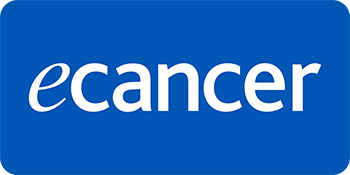Background: With conventional standard treatment modalities, children and adolescents with Hodgkin lymphoma (HL) have long-term overall survival rates of over 90%. However, primary refractory disease may occur in 5%–10% of HL patients, while relapse occurs in 5%–10% of patients with early stage disease and up to 30% in an advanced stage. This retrospective study evaluated patient characteristics in cases of HL relapse and refractory and their response to second-line treatment of standalone chemotherapy or in combination with radiotherapy.
Methodology: A retrospective study was conducted by Indus Hospital and Health Network to determine the outcomes of paediatric patients with first and second relapses of HL between 2013 and 2022.
Results: A total of 742 patients were diagnosed with HL at Indus Hospital & Health Network. Of these, 48 (6.5%) patients presented with relapse and 35 (4.7%) with refractory disease after initial chemotherapy. In HL relapse patients, 57% were stage IV at initial diagnosis with the most common pathology being nodular sclerosis constituting 42.9% of patients. The most common age group was 6–10 years, 45.8%. B symptoms were experienced by 25 (52%) patients. A time to relapse of >12 months following diagnosis was seen in 69% and 3–12 months was seen in 31%.
After receiving second-line treatment, complete remission was achieved by 34 (70.8%) patients, partial remission (PR) was seen in 5 (10.4%), disease progression in 5 (10.4%), 3 (6.3%) patients left during treatment and 1 (2.1%) had a treatment-related mortality. Re-radiation in second-line treatment was only required for 2 patients. The second relapse was seen in 11 (28.2%) of 39 complete and PR patients.
Conclusion: Major limitations in the treatment of HL relapse in a low-resource setting are the non-availability of immunotherapy and autologous stem cell transplantation due to extreme financial burden and lack of capacity in facilities. Dedicated efforts are required to provide these facilities free of cost in low–middle income countries (LMICs).







